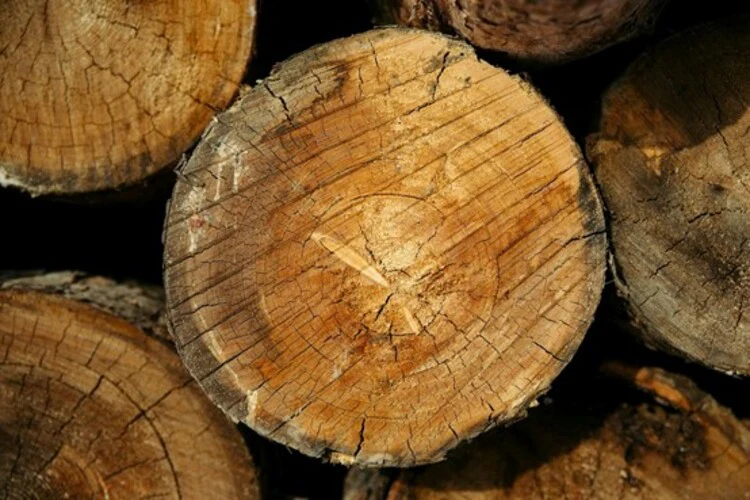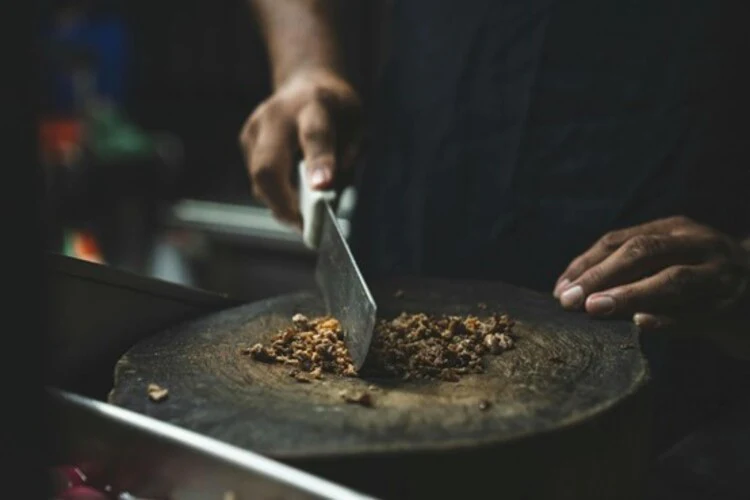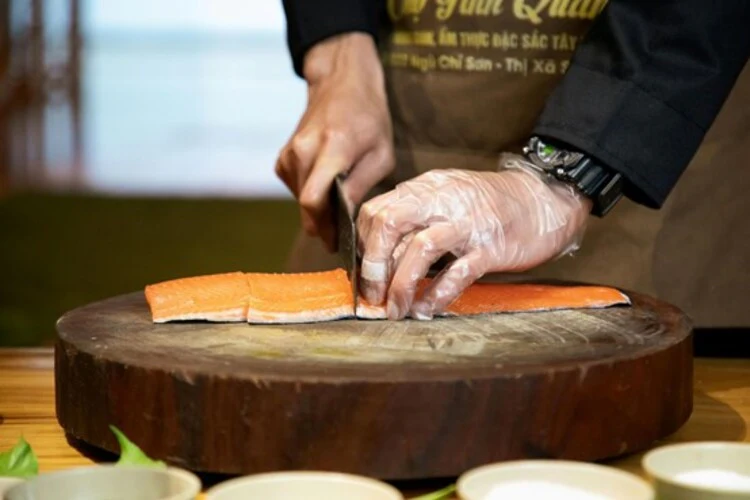When it comes to kitchen essentials, your cutting board often gets more wear and tear than any other tool. Yet many home cooks overlook the importance of choosing the right type of cutting board, which can lead to dull knives, trapped bacteria, and boards that degrade faster than expected. Professional chefs understand the difference between end grain and edge grain cutting boards, and knowing these distinctions can completely transform your cooking experience.

### **1. Understanding the Wood Grain Direction**
Visualize the inside of a tree trunk, composed of countless tiny tubes called xylem that once transported water from the roots to the leaves. These natural conduits play a critical role in determining the performance of your cutting board.
#### **End Grain Cutting Board Design**
- Imagine looking down into those straw-like structures.
- The wood fibers stand vertically, resembling a microscopic bamboo forest.
- A knife blade glides smoothly between these fibers rather than cutting across them.
- Cost: Generally $150-$400+ for high-quality boards.
#### **Edge Grain Cutting Board Design**
- Picture those same straws laid on their sides.
- The wood fibers run horizontally across the surface.
- A knife cuts across these fibers instead of sliding between them.
- Cost: Typically $50-$150 for good-quality boards.

### **2. What Science Says About Cutting Boards**
End grain cutting boards are known for their ability to resist deep scarring, but their real advantage lies in their natural antibacterial properties. The channels within the wood fibers draw in food juices and bacteria, trapping them deep inside where they eventually die off due to lack of moisture. This phenomenon has been scientifically validated by Dean Cliver from UW-Madison's Food Microbiology department. His research found that bacteria is drawn into the board's interior and remains there, ensuring the surface stays clean over time. This is why end grain cutting boards have been a staple in butcher shops for generations—they're not only durable but also inherently cleaner than expected.
### **3. Practical Differences in Daily Use**
End grain cutting boards showcase their self-healing properties during everyday use. When a knife meets the board, the wood fibers naturally separate and then return to their original position, maintaining a smoother surface that resists bacterial growth. This design also protects your knife edges by allowing blades to slide between the fibers rather than cutting across them.
Edge grain cutting boards excel in practical scenarios, especially for quick prep tasks. They’re lighter, easier to maintain, and more affordable. These boards handle messier cooking situations exceptionally well, such as prepping for BBQs or using serrated steak knives.
Maintenance varies significantly between the two types. Edge grain boards require less frequent oiling and better resist moisture in humid climates. While end grain boards demand more attention, their durability and knife-friendly surface make them a worthwhile investment for serious cooks who prioritize blade care.
### **4. Choosing Wisely**
Consider the following factors when deciding:
**Kitchen Workflow**
- End grain boards shine for heavy-duty prep work, whereas edge grain boards are better suited for quick tasks.
- Their weight impacts portability.
- Storage space is another consideration.
**Cooking Style**
- Professional techniques benefit from end grain cutting boards.
- Home cooks can use either type based on preference.
- Prep volume plays a significant role in your decision.

### **5. Expert Care Tips for Both Types**
#### **End Grain Maintenance**
- Oil every 3-4 weeks.
- Use food-grade mineral oil.
- Store flat and away from heat sources.
- Clean immediately after use.
#### **Edge Grain Care**
- Oil every 6-8 weeks.
- Avoid prolonged water exposure.
- Store vertically when possible.
- Regularly inspect the surface for wear.
### **6. Making the Right Decision**
Opt for an end grain cutting board if:
- You own premium Japanese knives and want to protect their edges.
- You frequently cook and do extensive prep work.
- Long-term value is important, despite the higher initial cost.
- You’re serious about investing in top-tier kitchen tools.
Choose an edge grain cutting board if:
- You’re seeking a cost-effective solution without excessive features.
- You cook occasionally.
- Low maintenance is your priority.
- Lightweight tools suit your needs.
Ultimately, the quality of construction determines a cutting board's performance. This includes tight, gap-free joints, properly dried hardwood, and a smooth, well-conditioned surface. These fundamentals matter more than whether a board is edge or end grain.
For those ready to invest in an end grain cutting board, Kyoku’s End Grain Cutting Board offers exceptional quality at a discounted price. It even comes with a box of food-grade mineral oil for proper maintenance, making it a great value for serious home cooks.

In conclusion, selecting the right cutting board is akin to choosing high-quality Japanese kitchen knives—it’s an investment in every meal you’ll prepare. The correct board enhances your cooking experience and ensures your knives perform optimally. By understanding the differences between end grain and edge grain boards, you can make an informed decision that aligns with your cooking style and kitchen needs.
Manual Retractable Foldable Awning
Manual Retractable Foldable Awning,Manual Retractable Folding Arm Awnings,Small Manual Retractable Awning,Outdoor Manual Retractable Awning
Hebei Charlotte Enterprise Co., Ltd. , https://www.hbcharlotteawning.com